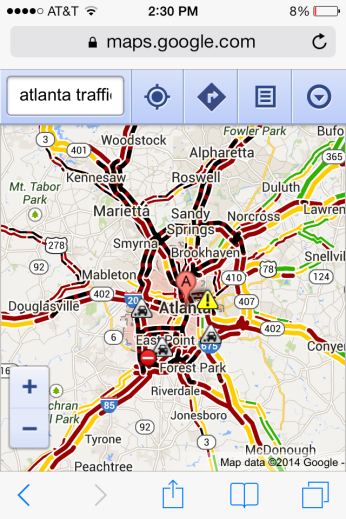I’ve already talked about my long, frustrating Peace Corps application process here, but even after the excitement of finally receiving an invitation to serve, things don’t necessarily get any easier, and in some ways, it becomes downright overwhelming! In the invitation email alone, I received several not-exactly-short attachments including:
- Volunteer Assignment Description (11 pages)
- Mongolia Welcome Book (74 pages)
- Core Expectations for Peace Corps Volunteers (only 1 page! Yay!)
- Volunteer Handbook (110 pages)
- “On the Home Front” handbook for volunteer’s family (34 pages)
…and a link to the Decision Form, where I had to decide whether to accept the invitation. Potential volunteers are given 7 days to make a decision, and they’re encouraged to read through all the above-mentioned documents before making that decision. I read my Volunteer Assignment Description (basically just an overview of the health issues in Mongolia and [broadly] what Health Extension Volunteers like myself can expect to do) and briefly skimmed through the other documents before accepting the invitation the same night I received it. After how long I had waited to finally receive my invitation, I probably would have accepted a placement in Antarctica! And in general, declining an invitation is frowned upon by the Peace Corps, and those who do so are extremely unlikely to get a second invitation.
Shortly after accepting your invitation, you’ll be sent another email telling you to submit an updated resume and an Aspiration Statement within 10 days of accepting your invitation! Now, I was obviously excited to be moving along in the whole volunteer process, but considering I received this email 2 days before Christmas and was plenty busy with family and holiday plans, I will admit that I freaked out a little. The Aspiration Statement and updated resume are not too difficult to complete, but these are the only 2 documents your country staff will receive about you before you arrive for Pre-Service Training, so there is some pressure to make a good first impression. And there is a very specific format that these 2 documents have to follow (so you can’t just send in a copy of your resume as it is).
The updated resume has to include:
- Experience: “All professional and volunteer experience relevant to your proposed assignment, especially experience gained since you applied to the Peace Corps. Include any experience, interests, or hobbies that may be useful in your project.”
- Degree: “Degree earned and the institutions where they were earned. Include certificates and awards earned, as well as recent, relevant publications.”
- Training: “Education and training relevant to your assignment (with semester hours and units), including formal and informal coursework and vocational training.”
- Foreign Languages: “Foreign language study. Include duration of study, location and context of study, and, if applicable, specify the length of time you have spent living and speaking the language(s) in a foreign country.”
- Personal Interest/Hobbies
And the Aspiration Statement, which is supposed to “describe your expectations about your Peace Corps service and assigned project, your strategies for adapting to a new culture, and how you expect your service to further your personal and professional goals.” Specifically, you have to address the following:
- “Identify three professional attributes that you plan to use during your Peace Corps service and how these will help meet your aspirations and commitment to service.”
- “Briefly identify two strategies for working effectively with host country partners to meet expressed needs.”
- “Your strategy for adapting to a new culture with respect to your own cultural background.”
- “The skills and knowledge you hope to gain during pre-service training to best serve your future community and project.”
- “How you think Peace Corps service will influence your personal and professional aspirations after your service ends.”
So, as you can see, I had plenty on my plate following my acceptance, and in later posts I will discuss the 2 other major steps that come after the invitation: applying for your no-fee passport and visa, and Final Medical Clearance.






